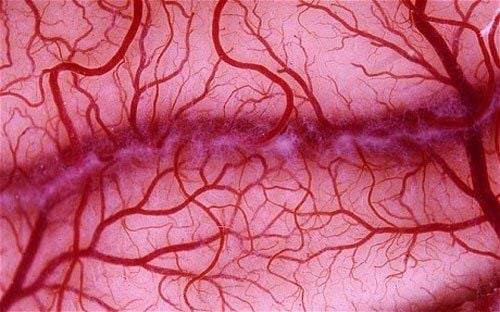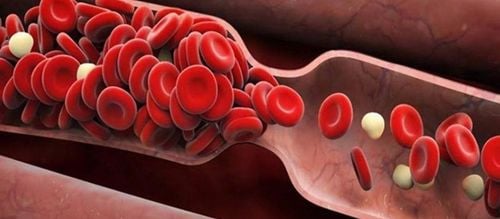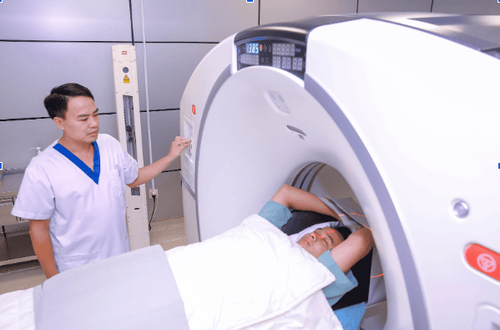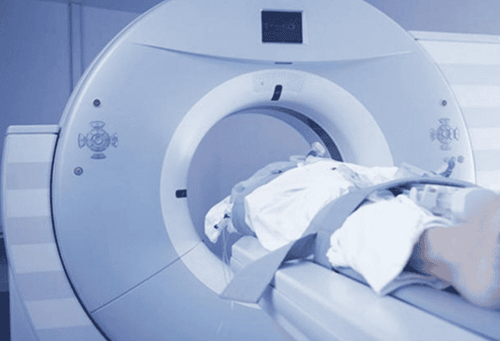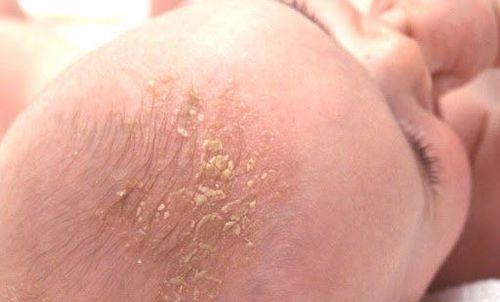This is an automatically translated article.
The vascular endothelium serves as a barrier between the vessel wall and blood flow, regulating vascular structure and tone. Besides, the activities of sensing, secreting, synthesizing and regulating chemical mediators have opposite effects, so the vascular endothelium is considered an important endocrine gland in the body. human body.1. What is vascular endothelium?
Arteries in the human body consist of three layers: the pericardium, the mesenchyme, and the endothelium. The vascular endothelium is a gland formed from a thin layer of cells within the lumen of the vascular wall system, which is in direct contact with the blood stream. Vascular endothelial cells have the same origin as hematopoietic cells and form from angioblasts, pluripotent cells. Specifically:The progenitor cells are formed from the ventral part of the dorsal aorta, located in the mesorenal - genitourinary - aorta. Mesoderm - visceral will transform into mesenchymal cells and differentiate into angiocytes. Angioblasts then develop into intermediate preendothelial cells and differentiate into vascular endothelial cells or blood cells. However, vascular endothelial cells can transform into endothelial mesenchymal and smooth muscle cells. Vascular endothelial cells have the same characteristics as all cells of the human body, cytoplasm, organelles surrounding a nucleus and surrounded by a cell membrane.
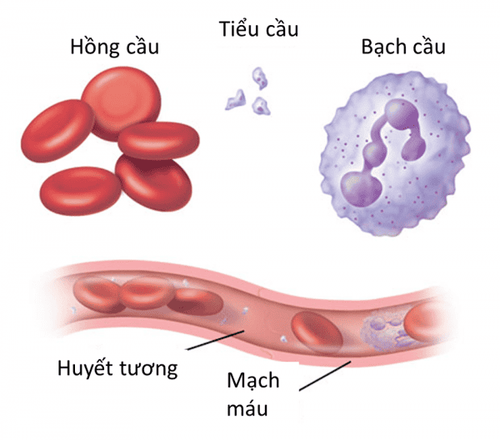
Động mạch trong cơ thể người gồm 3 lớp: Ngoại mạc, trung mạc và nội mạc
2. The role of vascular endothelium
Vascular endothelial cells act like receptor-responsive structures. Endothelial cells receive various chemical or physiological stimuli occurring within the vascular lumen, thereby modifying the vascular shape or possibly releasing products needed to counteract these effects. stimulation and maintenance of homeostasis. The specific role of the vascular endothelium is as follows:Transport role: The vascular endothelium is considered to be a barrier to the free movement of cells and molecules from the blood stream to the cells as well. as the underlying interstitial tissue, and at the same time it meets the metabolic needs of the surrounding tissue cells. In addition, it is the close coordination between vascular endothelial cells at the binding sites that provide a selective barrier to the entry and exit of molecules from the blood stream. Transport includes glucose transport (7 types of glucose transporters in the family of dominant glucose transport proteins); amino acid transport (there are many amino acid transport systems in endothelial cells); transcavity transport (this is an important form of transport responsible for transcellular transport in vascular endothelial cells); transport via tight junctions (an important form of intercellular transport, vascular permeability is dependent on the paracellular as well as the endothelial transcellular pathways, however edema arises due to due to dysfunction of tight coupling). Vascular endothelium has a role in regulating vascular tone: Endothelial cells produce many chemical mediators, which have the effect of constricting or dilating blood vessels. In addition, the vascular endothelium plays a role in maintaining the balance between vasodilators and vasoconstrictors, thereby helping to regulate blood vessel tone. Plays a role in host defense: Vascular endothelial cells play an important role in host defense strategies and inflammation. Coordination of the inflammatory and immune responses depends on intercellular communication from soluble molecules to cytokines of common origin, including chemokines, growth factors, and interferons. , interleukin (IL). These are low molecular weight proteins that can regulate both the amplitude and duration of the inflammatory and immune response. Plays a role in hemostasis and coagulation: Coagulation-related receptor on the surface of blood vessels, the blood clotting protein of the circulation is tightly controlled to regulate coagulation and initiate response coagulation. Smooth muscle cells and vascular endothelial cells secrete a variety of proteins to directly participate in hemostasis. However, these receptors differ in their activation mechanisms, as well as the presence of specific receptors for each coagulation protein and the constructs of the target gene promoters, which may demonstrate specificity. response of vascular cell types to different coagulation factors.
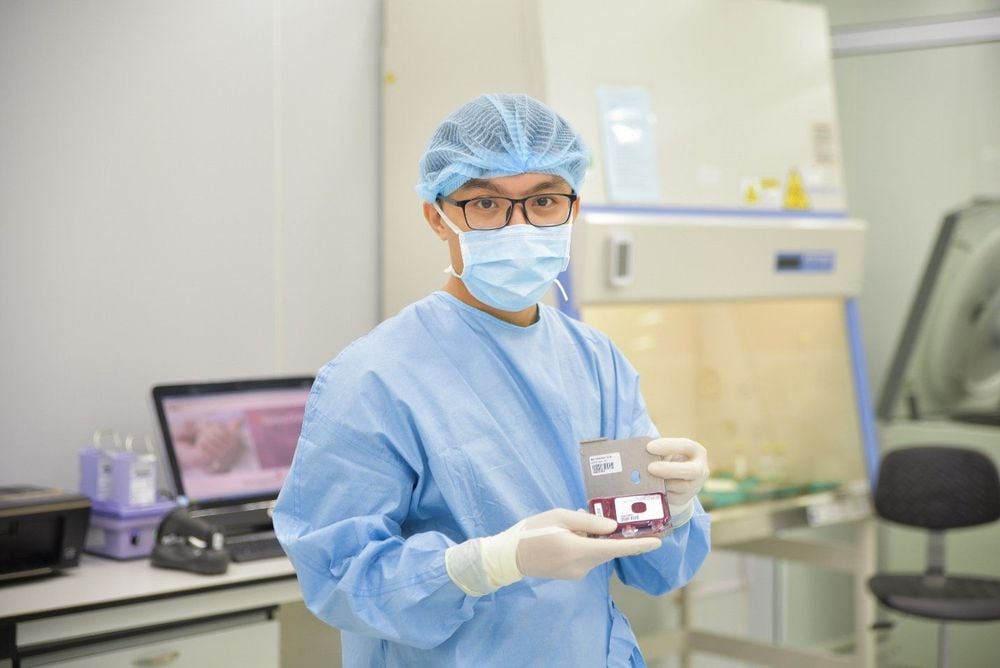
Nội mạc mạch máu có vai trò điều hòa trương lực mạch máu
Please dial HOTLINE for more information or register for an appointment HERE. Download MyVinmec app to make appointments faster and to manage your bookings easily.





